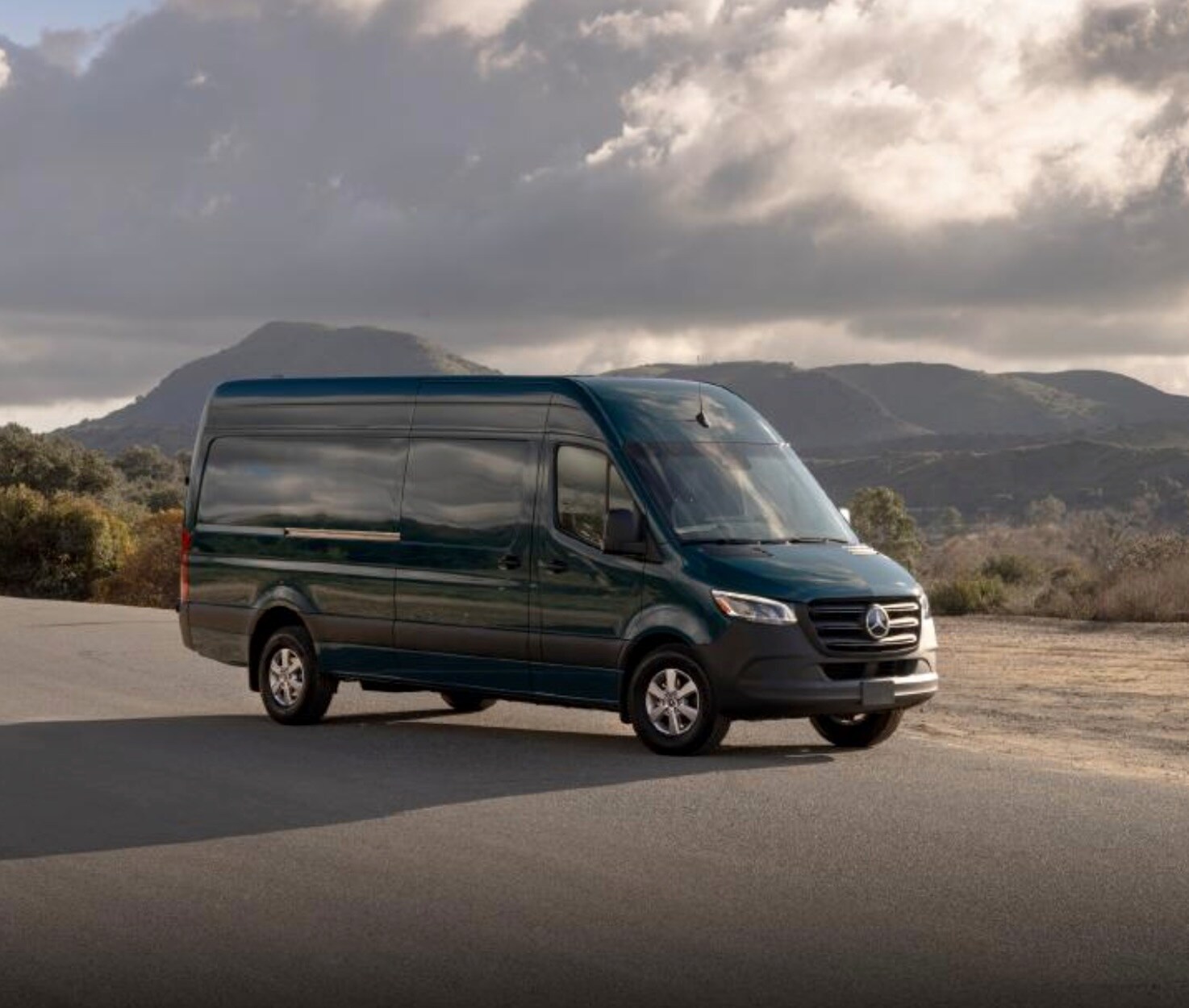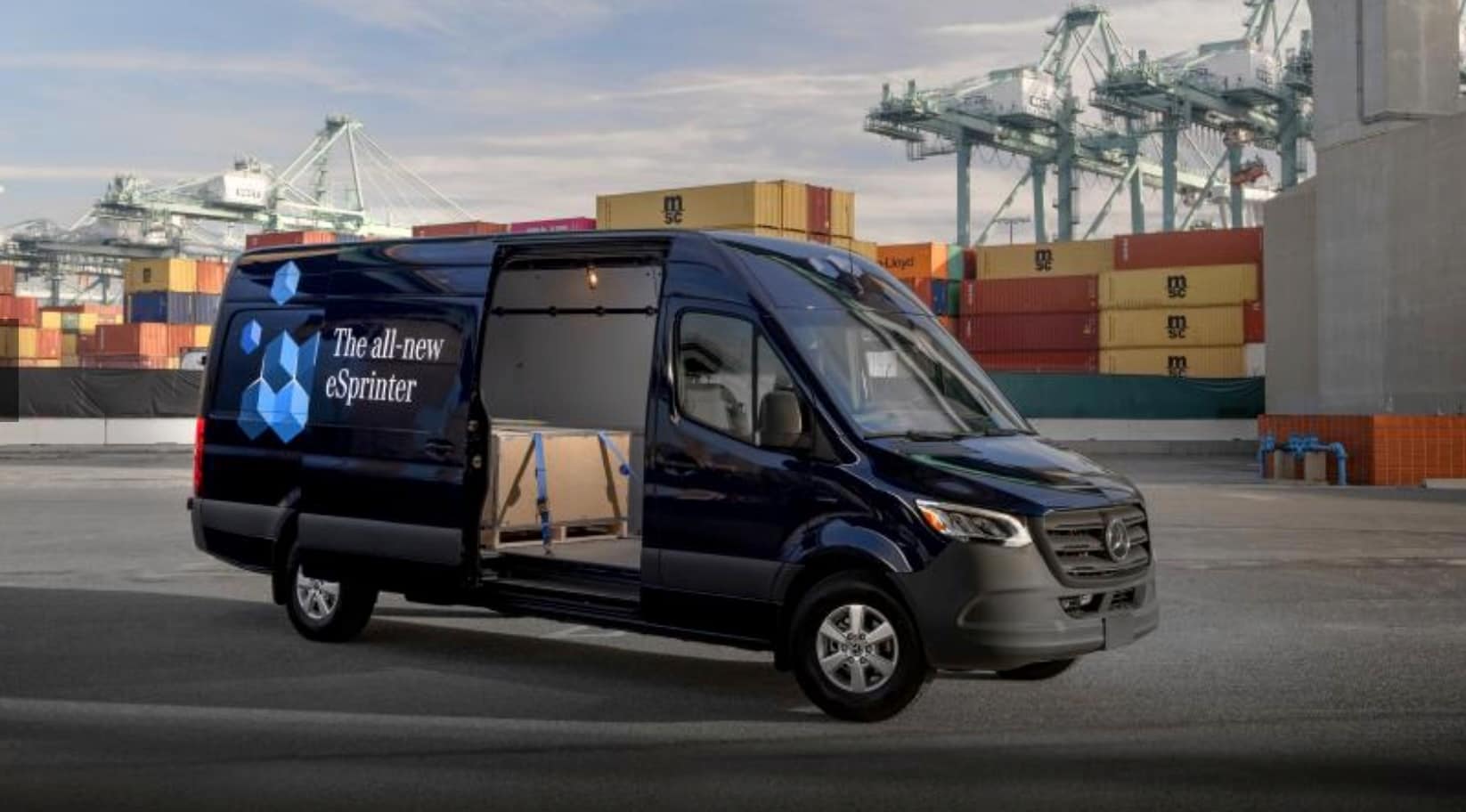

EVs thrive on predictability. If you have a work van or fleet of work vans that venture out at the beginning of the day and return home or to the shop at the end and know the general range of miles the vehicles can be expected to cover daily, that is predictability. If those miles are comfortably within the eSprinter’s range, Mercedes-Benz of Plano believes you should consider an eSprinter for your next van. The reliability and predictability of eSprinter vans can give you the confidence you need in your daily operations.
When an EV Van Works

Most trade vans work within a specific territory. In most urban or suburban areas, the territory is likely within the greater metropolitan area and maybe even just a portion of it. Then, you would be hard-pressed to accumulate over 250 expected miles of an eSprinter with the 113.0 kWh battery. You may have one or more vehicles that fall within the 161 miles of the model with the smaller 81.0 kWh battery. If the vehicles return to a home base set up with Level 2 chargers, the vehicle can carry out its daily activity and never have a gas refueling break.
Clean and Efficient

If it sounds like you are just trading gas costs for electricity costs, consider that an internal combustion engine (ICE) is only about 20% efficient. Of the energy contained in gasoline, only about 16-25% makes it to the wheels to move the vehicle. Most of the rest is lost in heat, as well as in drivetrain and transmission losses. By contrast, electric vehicles are about 87-91% efficient. Meaning that is how much energy goes to the wheels from the energy drawn from the grid. This efficiency translates to significant savings on the operating costs per vehicle, making you financially savvy and responsible.
No Powertrain Maintenance
In contrast to ICEs, EV power trains require no regular maintenance. There are no oil changes, coolant refills, oil, air, fuel filter changes, etc. Electric motors are very simple machines with very few moving parts and require no transmissions, meaning there is very little to break down. Maintenance outside the powertrain will be similar to that of gas vehicles, as you will still need to rotate and replace tires, windshield wipers, and such.
Beyond the powertrain, the eSprinter is almost indistinguishable from the conventional Sprinter. Wheelbases come in 170 inches with about 488 cubic feet of space, while the shorter 114-inch wheelbase model can hold about 319 cubic feet. The maximum payload with the larger 113 kWh battery is less than the gas-powered Sprinter, at 2,624 pounds. The towing capacity is about 4,277 pounds. The top speed is 75 mph.
Mercedes-Benz Quality

As a Mercedes-Benz, the interior is high-quality but suited to the purpose rather than Mercede-Benz car-like luxury. The latest generation of the MBUX infotainment software is available with the optional 10.25-inch screen (a 7.0-inch screen is standard). Other options include heated and pivoting front seats, a heated windshield, electric folding exterior mirrors, air conditioning, an electric sliding door and step, a very useful digital rearview mirror, and more.
Yes, an eSprinter will present an environmentally friendly commitment to your customers, but it may also just make economic sense. If your daily delivery or trade vehicle needs are comfortably within the eSprinter’s range, pay a visit to Mercedes-Benz of Plano and see how well one or more could work for you. By choosing an eSprinter, you're not just making an economic decision but also a conscious one for the environment, something you can be proud of.
 AdChoices
AdChoices